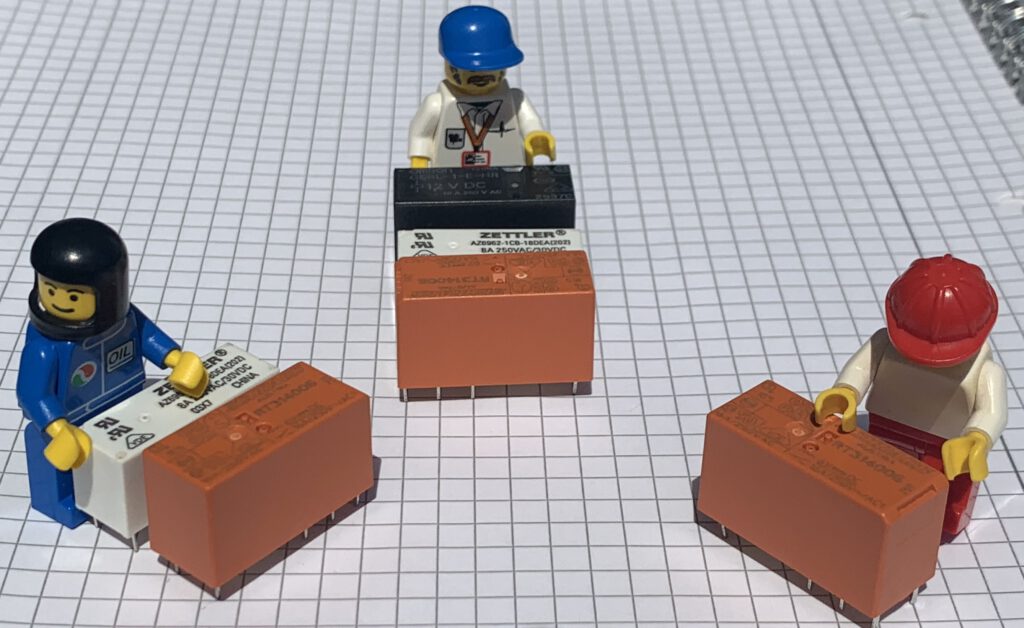
To clarify the question: A company part number (=CPN) is purchased at several locations. This requires a release list from R&D, the so-called AMPL (Approved manufacturer part list), specifying which manufacturer parts are approved to be purchased for factory A. The AMPL must be provided by R&D, because only engineering can verify which manufacturer parts actually work in the respective finished goods.
Now for the same company part number in factory B: Is it allowed to have a different AMPL for it?
The question is almost philosophical and there is no absolute „right“ or „wrong“.
Here is my view:
A company part number must be a global object, with an identical AMPL for ALL factories of your company.
Why, and why is this important? Let’s consider different scenarios:
Relocation of production
Does your company practice „design anywhere, manufacture anywhere“?
If you have a global AMPL, relocating a product from your factory A to factory B (or EMS) becomes possible seamlessly.
Or to put it differently: If a product is relocated, nobody checks if the CPN x , existing in factory B already – has a different list of approved manufacturer part numbers. And if it does, you are forced to duplicate CPN x anyway to maintain different AMP’s.
Sharing component stock between factories, especially in the case of production stops and scrapping (no longer needed in factory A, but active in factory B), is possible without further checks.
Component engineering, i.e. qualification of cheaper alternatives having the same (global) CPN only becomes possible using a global AMPL.
However, the global release of a new manufacturing part number underneath one CPN (used multi-site) can be more complicated. Possibly not all R&D departments agree to the release, since not all use cases can -or want to- be verified.
Workaround:
Here is a real case: A memory chip was released for Industrial Temp: -40…+85 degrees. A few lowrunners really needed the full range. The large mass of applications would have been satisfied with the cheaper variant: Commercial Temp: 0..70 degrees.
The simple solution was to split the CPN into two. Many companies use CPNs in the format: nnnn – 00x. So, simply name the 2nd FTN nnnn-002.
By the way, have you ever counted how many of your CPNs are „endemic“, i.e. only used in one single factory? That could exceed the two-thirds mark. That’s why in my experience the problem of blocked global releases of a cheaper second source part is rather rare.
How about the PDM systems?
If you use SAP as your PDM system, you can set up an AMPL individually for each factory. In reality, after a few years, you will realize that due to company relocations, factory closures, in- and outsourcing, the data is no longer correct anyway.
In systems like Enovia, Agile or TeamCenter, the concept of a manufacturing factory is secondary. However, it is important that exactly one group of R&D engineers has the so-called „design authority“, i.e. coordinates and controls the content and changes of the AMPL.
All this, as I said, is my opinion and my world of 27 years of experience. Should you see all this differently: Please drop me a line, I am looking forward to a lively exchange of experiences.
Thanks for sharing superb informations. Your web site is very cool. I’m impressed by the details that you¦ve on this web site. It reveals how nicely you perceive this subject. Bookmarked this website page, will come back for more articles. You, my friend, ROCK! I found just the info I already searched all over the place and simply could not come across. What a great website.